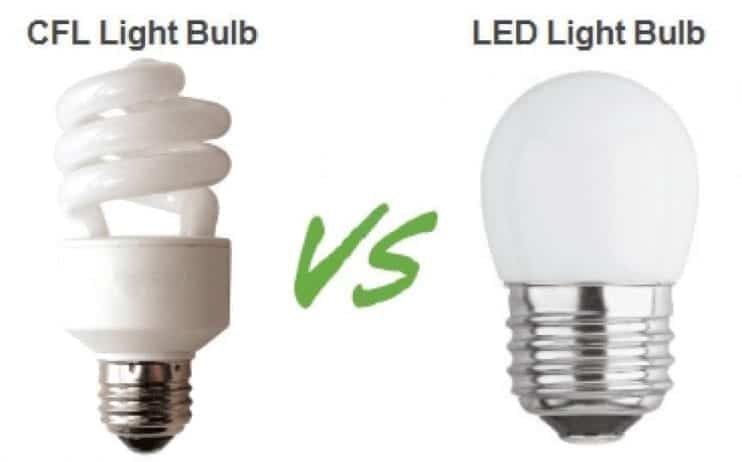
CFLs were originally introduced to replace incandescent bulbs. Now, LED light bulbs have also appeared on the shelves, but they cost more than CFLs. So which one should you go for?
Here, we’ll take a quick look at some of the advantages and disadvantages of LEDs and CFLs, and hopefully, we’ll equip you with enough information to make an informed decision.
Purchase cost
There is no doubt that LEDs cost more up front than CFLs to buy. If your budget is limited, then it may be tempting to opt for the more affordable product. Up front cost is not the only thing to think about though.
Overall Cost Efficiency (The Running Costs)
If you want to look at the cost of your lighting in the long term, you need to think about what is the most cost-efficient solution. You can speak to professionals, such as Electrical Detectives, to get some advice about lighting systems for your home.
Looking solely at the bulb aspect of your lighting, here are some facts you may find interesting:
- LEDs use 75% less energy than old incandescent lights. CFLs only use 25-35% less energy.
- LEDs do not heat up a great deal. This is because they do not release lots of energy as heat. CFLs tend to get hot as they release 80% of the energy produced as heat.
- LED bulbs last for around 25,000 hours, whereas CFLs last for around 8,000.
You can see that LEDs can be more cost effective in the long term.
The Mercury effect
One of the biggest issues with CFLs that I was not aware off is that they contain mercury. This is a hazardous substance which can cause problems if the bulb breaks. You should never just throw a broken CFL away; they have to be disposed of professionally.
Other Factors
There are other factors that you need to take into account when you are deciding which type of light bulbs you want to use in your home. It’s worth noting that you do not have to stick to just one type, as both types of bulb are suitable for normal light fittings.
- LEDs are said to produce light that is closest to natural light. On the other hand, CFLs produce light that is the closest to the artificial light we are used to. Which type of light you prefer may have an impact on your choice.
- LEDs produce excellent directional light, which is useful if you want to focus our light in one area, whereas CFLs do not. The directional light of an LED might be perfect for kitchen lighting, but a CFL bulb might be better for a table lamp.
As you can see, there are pros and cons to both CFLs and LEDs. Few people have the time, budget or inclination to move from one bulb to another all across the home at once. We chose to move mostly to LEDs and replaced our CFLs over time.







